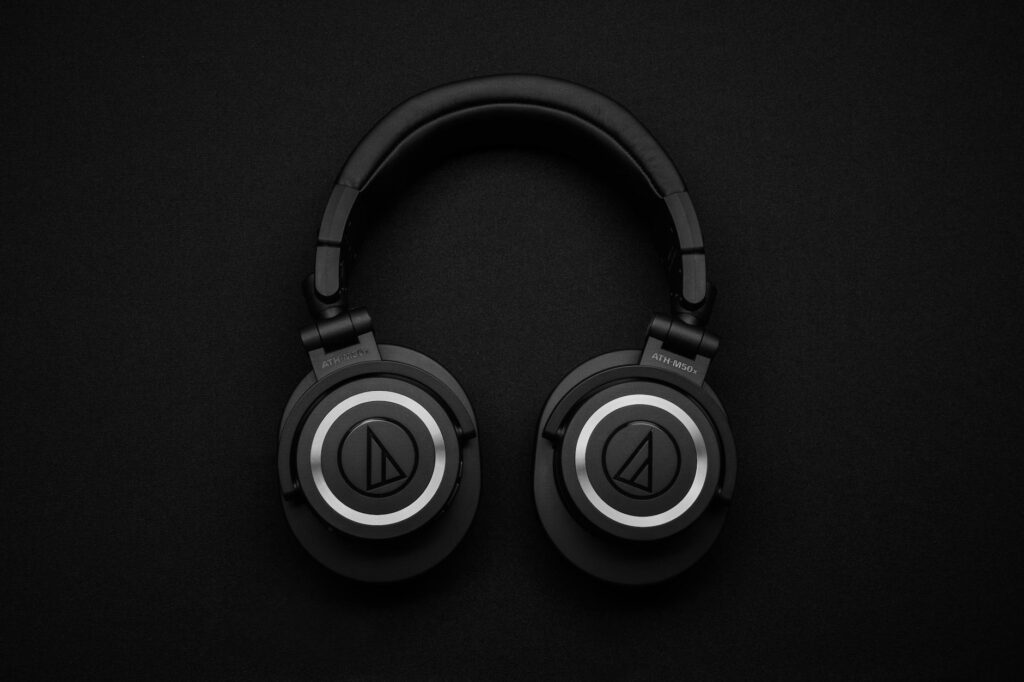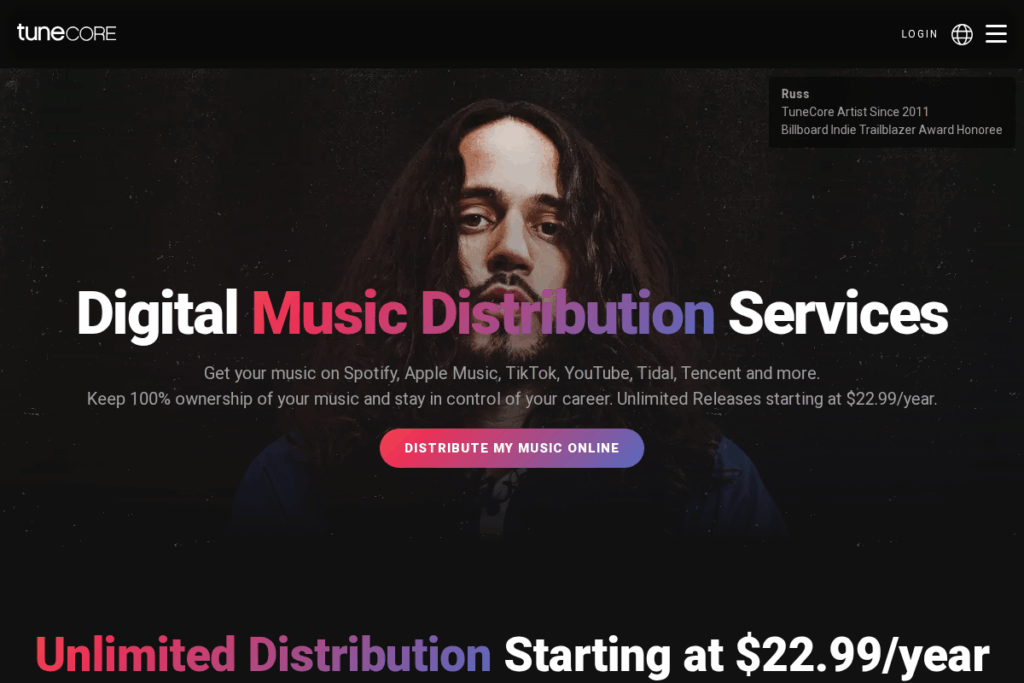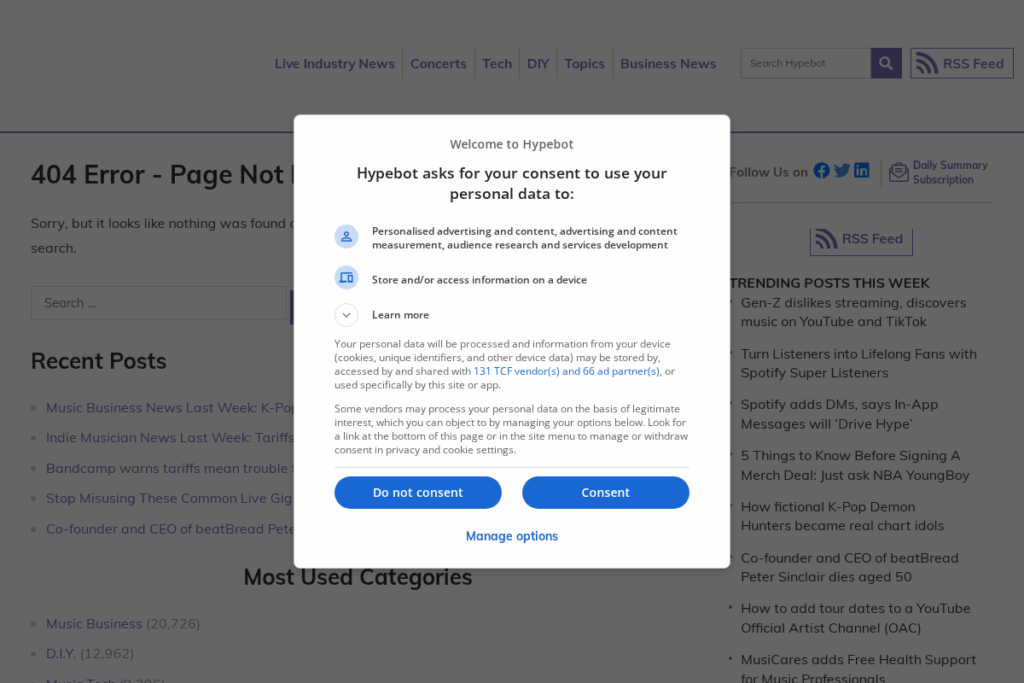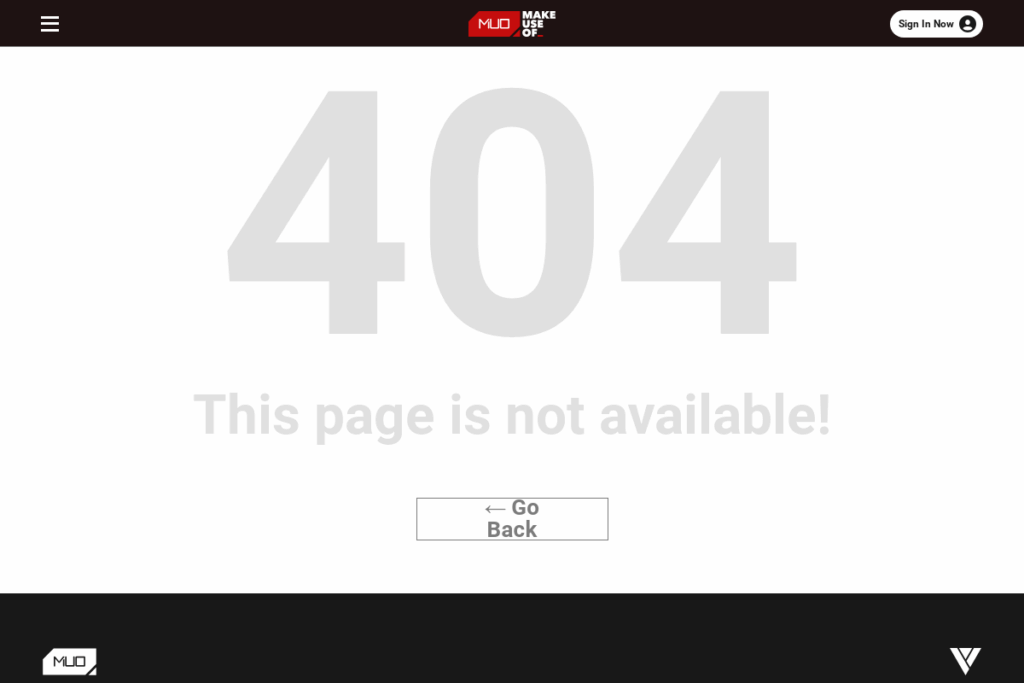If you’re as passionate about growing your creative income as I am, launching your music or podcast on Spotify can be a true game-changer. There’s real potential to transform a hobby or side project into meaningful revenue, all while keeping your financial flexibility and enjoying what you love. I’ve navigated the journey of building an online income from scratch, and one thing became clear: platforms like Spotify reward both creativity and a strategic approach. Following these steps, you’ll not only get paid but set yourself up for sustainable success without sacrificing life’s little pleasures.

1. Understand How Spotify Pays Creators
Before diving in, it’s crucial to know exactly how payments work on Spotify. Spotify doesn’t pay artists directly for every single stream; instead, payments are derived from a complex pool system. Revenue is generated from paid subscriptions and ad-supported listening, then a percentage goes to rights holders. On average, Spotify pays out around $0.003 to $0.005 per stream, but this varies due to location, user type, and agreements with distributors and publishers. If you’re releasing your own music, you’ll want to understand the breakdown so you’re not caught off guard. Check out this in-depth royalty breakdown for more insights on how the system works and what influences your potential earnings. Being informed is your first step toward a successful side hustle here.
2. Get Your Music or Podcast Onto Spotify

You can’t get paid if your work isn’t on the platform. Unlike some sites, Spotify does not let individuals upload tracks directly unless you’re a podcast creator using Spotify for Podcasters. For musicians, you’ll need to use a digital distributor such as CD Baby, DistroKid, or TuneCore. These services submit your songs to Spotify and collect your royalties. Some even help with rights management, UPC codes, and getting your profile verified. For podcasts, follow Spotify’s podcast submission process to list your show. Explore independent guides to pick the best distributor, such as this review roundup. Choose the right platform—your side hustle deserves a proper launchpad.

3. Set Up Your Royalty Collection
For musicians, simply releasing tracks isn’t enough. You need to register with relevant collection societies to ensure you’re paid for every use of your music, including performance and mechanical royalties. Consider signing up with a performance rights organization like ASCAP or BMI in the US, or with a mechanical rights agency such as The MLC. Podcasters should set up payment details via Spotify for Podcasters. Explore these steps in detail through guides on maximizing royalty collection. Skipping this step means leaving money on the table, so make sure your admin work is in order before pushing for more streams.
4. Optimize Your Spotify Artist or Podcast Profile

Your Spotify profile isn’t just a landing page—it’s your brand hub. Upload eye-catching cover art and a clear bio. For artists, claim and customize your page via Spotify for Artists; for podcasts, use Spotify for Podcasters to manage your show. Add links to your social media, personal website, or merch. Consistency and quality visuals build credibility.
Consider tactics suggested by professionals, like those in this profile optimization guide, to help drive more streams. This sort of polish can make all the difference when potential fans are browsing. Remember, first impressions count, especially in a crowded field of creators.

5. Drive Streams through Effective Promotion
Streams don’t happen by accident. Promote each release on social media, in email newsletters, and through collaborations with fellow artists, podcasters, or niche curators. Focus on platforms that connect most directly with your audience, like Instagram Reels or TikTok, using short clips or teasers. Playlists are your secret weapon—aim for organic placements on smaller user playlists before aspiring to editorial ones.
Get publicity tips in this step-by-step music promotion strategy. Cross-promotion works for podcasts as well, especially when networking with other shows that match your vibe. The more listeners you attract, the greater your income potential. If you’re exploring other long-term online business ideas, synergy and promotion strategies will quickly become second nature.
6. Analyze Data and Adapt Your Approach
With your music or podcast live, the next move is data-driven. Spotify provides robust analytics for both musicians and podcasters. Dive into your dashboard to track listens, demographics, and engagement stats. Identify which songs, episodes, or promotional tactics drive the most streams. Maybe a certain city is feeling your vibe, or a specific episode format is a hit—lean into what works.
Tutorials like this guide to Spotify for Artists analytics break down essential metrics. Quickly adjust your strategy, from marketing to content focus, based on real feedback. Iteration is the secret to sustainable growth in all side hustles, including creative ones. If you enjoy analyzing trends for other platforms, consider checking out ways to profit with creative skills on Redbubble as well.
7. Explore Additional Revenue Streams

Spotify isn’t just about streaming payouts. You can multiply your income by adding merch, concert tickets, and crowdfunding campaigns to your profile. Use Spotify’s integrations with Merchbar or third-party ticketing services to sell directly to listeners. For podcasts, consider sponsorship placements and listener support platforms like Patreon or Spotify’s podcast monetization.
Diversifying is key: as your audience grows, offer value-added content or exclusive experiences. Compare methods in this overview on building multiple streams from your Spotify presence from the Forbes guide to maximizing Spotify earnings. The road to financial flexibility is all about leveraging every opportunity available.
8. Withdraw Your Earnings Efficiently

Finally, collect your hard-earned money. How you do this depends on your chosen distributor or podcast partner. Most allow you to set up direct deposit, PayPal, or other online payment options, with minimum withdrawal amounts and payout timelines varying. Review your distributor’s FAQ for payment schedules and look at detailed advice in independent guides to Spotify cashouts. For more payment flexibility, explore modern alternatives to traditional banking, such as techniques in this primer on getting paid through Cash App. Take note of transfer fees and processing times, and try to bundle withdrawals to save on transaction costs. Efficient payouts mean less stress and more time to focus on what truly matters—your craft.
Spotify can absolutely be a platform for turning creative energy into real income. By understanding the mechanics, optimizing your presence, doubling down on promotion, and wisely managing your payouts, you’re set to build a rewarding side hustle without sacrificing the pleasures of life. Stay curious, keep adapting, and enjoy every step as your online venture grows.

